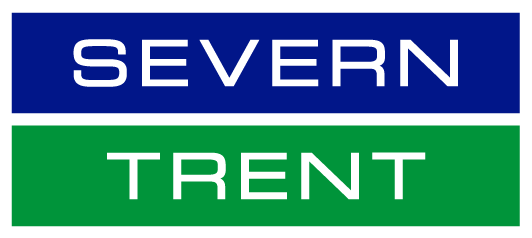Wonderful on Tap
We want to make sure we all have plenty of our wonderful water - today, tomorrow and in the years to come.
One of the things we’re doing right now across Bomere Heath and surrounding areas is upgrading customers’ old water supply pipes – at no cost.
It’s our water, together, let’s do right by it.
What we're doing
Your supply pipe links your home to our water mains. It’s what brings our fresh water to you every day.
The pipeline between our main water supply and your home is your responsibility (or your landlord’s if you’re renting). And, if your home was built before 1970, your supply pipes might be made from lead.
We can upgrade these older pipes with a new, industry-standard 25mm plastic pipe at no cost to you. Normally this might cost you between £1,000 and £3,000.
If you live in the area, we’ll be in touch. But you can still register your interest today.
Why we are doing it
To help protect customers with lead pipes, water companies put a small amount of safe chemicals called phosphates in the supply. This coats the inside of your pipe and helps to prevent lead from reaching your water.
Everyone in Bomere Heath and the surrounding area gets their water from the Bomere Heath borehole. So, when we remove all the lead pipes from this area, we can stop this phosphate dosing altogether.
We need to replace the lead pipes of everyone in your area. So, sign up today to help your community.
This is a map of the area supplied by the Bomere Heath borehole. If you live in this area, you can sign-up to the scheme today and take advantage of the benefits below.
Protecting customer supply pipes
Apply to get your pipes replaced
If you live in the area and have an old lead supply pipe, you can start your application to upgrade your pipes.
If you’d prefer to speak to us about applying, give us a call on 0800 917 2477.
How it works
A step-by-step guide to what we'll do when we upgrade your supply pipes.
After you apply to have your water supply pipe replaced, we'll contact you to arrange an inspection.
On inspection day, we’ll call you before they arrive to make sure you're at home.
When we arrive, we'll check inside and outside your home for:
- where your supply pipes and stop taps are
- if you share your supply pipes with your neighbours
After that, we'll talk to you about what happens next and explain how we'll install the new supply pipes
If you share your water supply with your neighbour(s), we can't update your pipe unless they sign-up too. If we find you're on a joint supply, we'll be in touch with your neighbour but it's a good idea to talk to them about it too.
On installation day, we'll put up any necessary barriers and road traffic signs to make sure the area is safe for you, our team and people in the area.
It’s likely that we’ll be replacing pipes for your neighbours at around the same time.
There are two ways we can install your new supply pipes:
1. Tunnelling underground using a tool called a mole
2. Digging an open trench
Where possible, we’ll use technology to reduce disruption. We can only advise which installation method we will use when the team have completed the inspection.
Once we’ve installed your new supply pipes, we’ll reconnect your water supply to your new pipework and test everything.
Your old lead pipes will remain in the ground.
After we've installed your new pipes, it's time for us to re-fill the holes and repair any ground surfaces. We call this reinstatement.
If we've had to dig up any part of your driveway, paths or any other part of your property, we'll talk to you about how we'll do this reinstatement and what materials we'll use.
Your supply pipe
The pipes we’re replacing belong to you (or your landlord if you’re renting). Normally if there’s a problem with them you have to pay to get them fixed.
Your supply pipe runs from your home to our communication pipe – which belongs to Severn Trent.
This communication pipe then connects on to our water main, which brings fresh water to everyone in your street. We’re responsible for these pipes.
How to find out if you have lead pipes
You can check if you have lead water pipes in a few simple steps.
Before you begin, you will need:
- a coin
- safety glasses
- a facemask
First, find your main water pipe. This is usually under your kitchen sink, by your downstairs toilet, or in a cupboard under the stairs.
Check the colour of the pipe. If it's a brownish colour, it may be copper. If it's a dull grey, it's likely to be lead.
If the pipe looks swollen at the joints, that's another sign it's lead. If the pipe is dull grey or swollen, make sure you put your safety glasses and facemask on before you do anything else.
Next, use the coin to gently scrape the pipe. If the scratches are a shiny silver colour underneath, it's a lead pipe.
